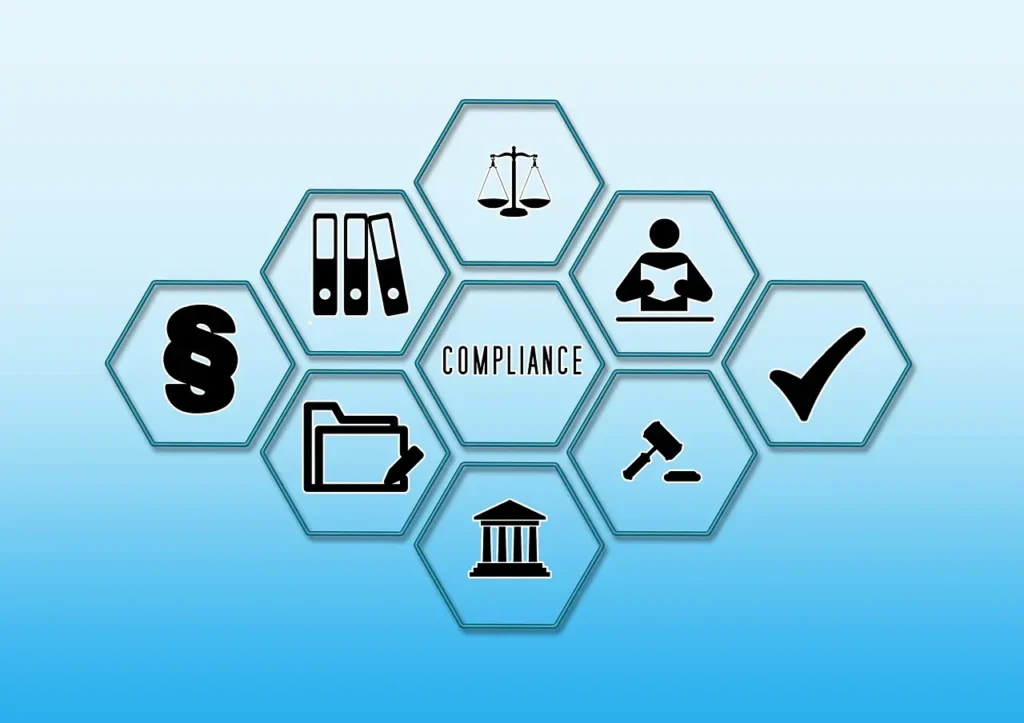
In the financial services sector, non-negotiable deadlines are a fact of life, especially when they are related to Know Your Customer (KYC) compliance. As regulatory expectations rise across the Middle East and North Africa (MENA) and beyond, organizations are under increasing pressure to keep their KYC processes efficient, accurate, and always audit-ready.
KYC requirements can vary across jurisdictions, but some things remain consistent. Such as the need for up-to-date customer data, effective risk assessments, and prompt remediation of any gaps. Firms that fall behind are not only exposed to regulatory penalties, but also to reputational risk and operational disruption.
This is where outsourcing KYC compliance support can make a significant and measurable difference. For decision-makers navigating complex compliance demands across banking, fintech, virtual assets, real estate, insurance, or investment sectors, outsourcing KYC to a trusted specialist offers reduced risk as well as strategic advantages.
Why KYC Deadlines Are So Difficult to Meet
Most firms understand what needs to be done. Collect and verify customer information, assign risk ratings, conduct ongoing monitoring, and periodically update records. But without outsourced KYC compliance support, many organizations struggle to meet these requirements at scale.
This could be down to various reasons. Internal teams are often overstretched or may not have the specialist compliance training required. In some cases, manual or outdated systems make it difficult to keep track of tasks or identify upcoming deadlines. Added to this, regulatory frameworks are frequently updated, and for organizations operating across borders, keeping pace with multiple regulatory regimes adds another layer of complexity.
These factors become even more challenging during high-volume periods such as onboarding drives, product launches, or audit cycles.

The Case for KYC Outsourcing
Outsourcing doesn’t mean giving up control. In fact, the right provider acts as a strategic extension of your compliance team, bringing in domain expertise, robust technology, and scalable capacity to keep you on track.
Vertex Compliance’s managed KYC service is specifically designed to help organizations maintain regulatory compliance without diverting resources from core business operations. Whether you need support with initial onboarding, remediation of existing files, or periodic reviews, our team works to your timelines and standards.
Through KYC customer service outsourcing, firms can meet their compliance obligations more efficiently, avoiding bottlenecks while improving quality and consistency.
What to Expect from a Structured KYC Outsourcing Model
Outsourcing KYC is not a one-size-fits-all solution. It must be tailored to your risk profile, compliance framework, and jurisdictional footprint. At Vertex Compliance, we work closely with our clients to align delivery models with their internal systems, policies, and regulatory obligations.
Our compliance outsourcing solutions typically include:
- Customer due diligence (CDD) and enhanced due diligence (EDD)
- Ongoing monitoring and periodic review
- Risk scoring and classification
- Document validation and screening
- Audit trail generation and reporting
Each step is documented, quality-checked, and designed to meet regulators’ expectations, whether you’re operating under DFSA, ADGM, SAMA, or another regional or international standard.
Benefits for Regulated Firms in the MENA Region
For firms based in the UAE, Saudi Arabia, Qatar, Bahrain, Egypt, and wider MENA, the regulatory landscape is evolving fast. Just two examples: financial regulators are strengthening enforcement, and the cost of non-compliance is rising. This trend makes outsourcing KYC compliance in the region even more important.
Working with an experienced partner like Vertex Compliance gives your organization the confidence to meet current requirements and adapt to future changes. It also ensures business continuity in the face of staffing gaps or volume spikes, especially in high-growth or digitally driven environments.
In short, outsourcing provides flexibility without compromise, supporting internal teams while helping to meet every deadline on time.
Working with a Specialist
Vertex Compliance combines proven methodology with deep regulatory insight to deliver compliance consultancy that’s responsive, reliable, and business-aligned. Our clients span a wide range of industries, including banks, payment institutions, fintechs, real estate groups, and professional services providers.
Whether you’re looking to reduce backlogs, speed up onboarding, or prepare for an upcoming audit, our team can step in to provide expert support exactly where it’s needed.
Talk To Us About Strengthening Your Compliance Infrastructure
Vertex Compliance provides end-to-end support that combines advanced technology, regulatory expertise, and tailored services to help you manage risk, meet regulatory deadlines, and focus on your core operations.Talk to us today to find out how we can support you, whether you’re looking to outsource your KYC function for the first time, enhance your current system, or build a robust risk framework from the ground up.











